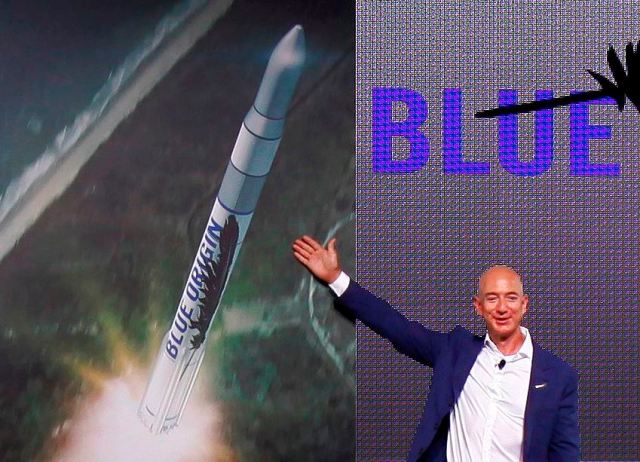
Vice President Mike Pence, the newly minted chairman of a revived National Space Council, said today that President Donald Trump is committed to a return to the moon and a push onward to Mars.
Pence laid out the broad strokes of the Trump administration’s aspirations for space exploration during a visit to NASA’s Kennedy Space Center in Florida.
“Here from this bridge to space, our nation will return to the moon, and we will put American boots on the face of Mars,” Pence declared.
He cast last week’s revitalization of the National Space Council, which was disbanded by the Clinton administration in 1993, as a signal that space policy would be given a higher profile.









